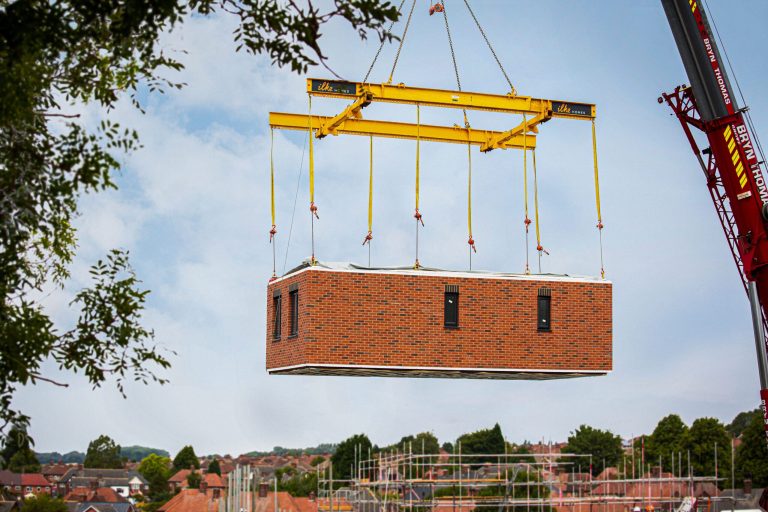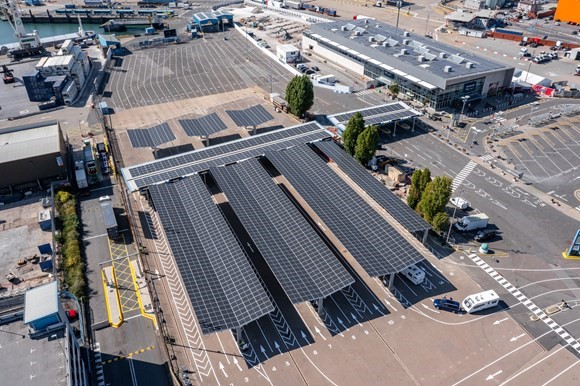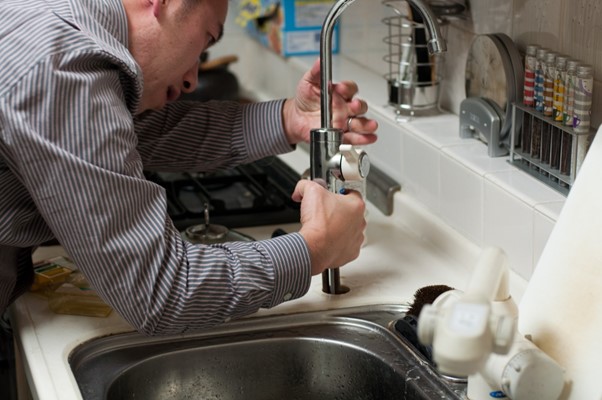Have you recently decided to reduce some costs by learning to do things like plumbing yourself? Let’s be honest; calling the plumber for doing something you can do yourself can be somewhat of a loss. Things like unclogging the drains, sealing the pipes, or changing the fittings, are easier than you would think. Learning about the various tools you can use to do the simpler plumbing work can help you maintain your house efficiently without spending much money. Want to start somewhere? Consider investing in these plumbing tools that are must-haves in your plumbing kit. You may not need them frequently, but you’ll have them handy whenever you have a plumbing issue. Drain Cleaning Tools Although keeping drainage tools in the house may seem unnecessary initially, they can be really helpful. Investing in good quality drain cleaning tools will save you many costs later, especially when your pipes need immediate cleaning. Here are the drain cleaning tools that you must have. No matter how much you need to get these, you can save a lot of costs later on since you’ll have these handy. 1. Drain Inspection Camera The first and most important thing you need in your drainage tool kit is a drain inspection camera or a borescope. You should be able to take it deep enough, and the picture should be clear for you to inspect where the blockage is. When choosing a sewer camera, you need to have criteria based on which you’ll select the tool. Choose wisely, as the best sewer camera will feature self-leveling for stable viewing as well as 120-degree views. This will help you locate the clog effectively so that you can dissolve it. 2. Hand Auger Although this is more like a traditional version, hand augers are useful enough to break apart drain clogs that aren’t too difficult to clear. Plumbers use these circular hand-held devices to steer a cable down a drain with a hand crank and clean out the clogs. 3. Plumber’s Snake A plumber’s snake, also known as a snake machine, is a motorized version that helps to break down and clean out very stubborn and deep drain clogs. These are flexible and have enough strength to move deep into the clog and break it down. 4. Hydro Jet This high-speed water jet is very effective in blasting out light clogs in the sewer. It comes with a hose that’s designed to blast water at high pressure in the clogged line and break the clog. The dirt then comes out of another opening and is dispensed off. Wrenches There are quite a few types of wrenches to choose from. Of course, there are the basic ones, like the torque wrench and the faucet key, that almost every household has. There are other types of wrenches that you must have. Why do you need them? Investing in these can save you a lot of money in fixing plumbing fittings. 1. Internal Pipe Wrench Does the name suggest anything? Although a bit less common, plumbers use the internal pipe wrench to remove rusted nuts, bolts, and other rusted internal parts in old pipes. This helps in changing the pipes systematically, or just cleaning out and replacing the internal parts, thus saving costs. 2. Adjustable Wrench This is nothing extraordinary, just something every household should have in their toolbox. However, this is something very essential. Most of the fittings and screws in faucets and plumbing lines are hexagonal. An adjustable wrench has a hexagonal fit which helps fix these parts of the pipes using enough torque. The bigger the diameter of the wrench, the longer it will be, thus providing more torque for bigger fittings. 3. Basin Wrench Unlike any traditional wrench, a basin wrench is a T-shaped wrench whose design will allow you to use them in very confined spaces. Due to the length of this tool, it’s effortless to turn and fasten or loosen the faucet parts under the sink. There are various sizes of basin wrenches, so you can choose whichever you think fits most of your sink fixtures. 4. Pipe Wrench Pipe wrenches are the most common tools plumbers love keeping in hand. They essentially help in doing most plumbing fittings. Have you seen plumbers use one wrench to hold the pipe while rotating the fittings in the right direction? Yes, those tools. Investing in pipe wrenches can help you effectively cut off costs when you need to change pipes or fix something in the plumbing lines. Of course, you should learn to use it in conjunction properly. 5. Faucet Key A faucet key, also known as a faucet wrench, isn’t a traditional wrench. It’s an X-shaped wrench that helps to loosen and tighten all types of faucets that would be hard to open otherwise. Depending on the fittings you aim to fix, you can find various sizes of faucet keys in the market. By measuring the diameters beforehand, you can choose the one that’ll fit the sillcocks and spigots in your home well. Other Plumbing Equipment You Should Have There are other types of equipment that you must add to your plumbing toolkit if you don’t have them already. These tools won’t only help in plumbing and drainage work but will also be helpful in other cases. Knowing how they work can also help you fix things quickly. Here’s a list of these items and what their functions are. 1. PTFE Tape Polytetrafluoroethylene film tape, or PTFE tape, is mostly used to wrap around pipe threads. It seals the threads to each other securely. There are a few names for this tape- thread seal tape, Teflon tape, and plumber’s tape. There are a few types of this tape, white, yellow, red, green, copper, and silver, each serving its purpose separately. Use them for sealing hose ends, natural gas fittings, water heater pipes, welding lines, pipes for medical purposes, and other types of pipe fittings. 2. Pipe Cutters Sometimes, you need to replace pipes, whether they’re old











